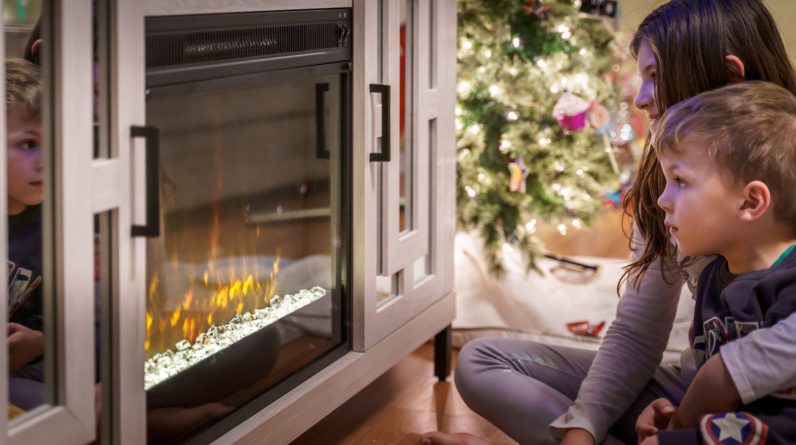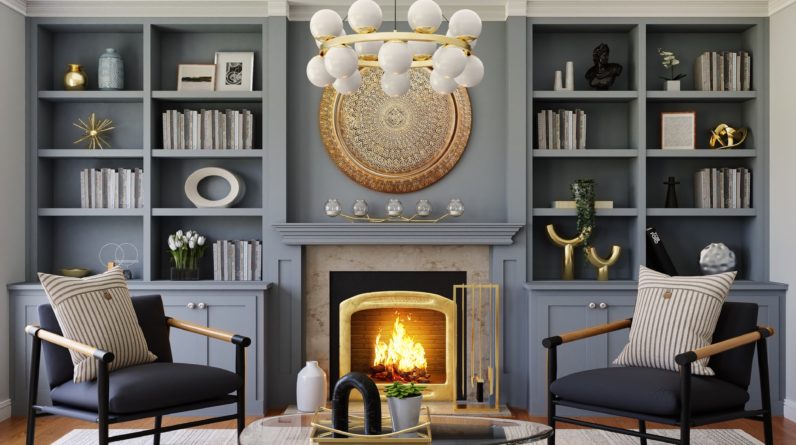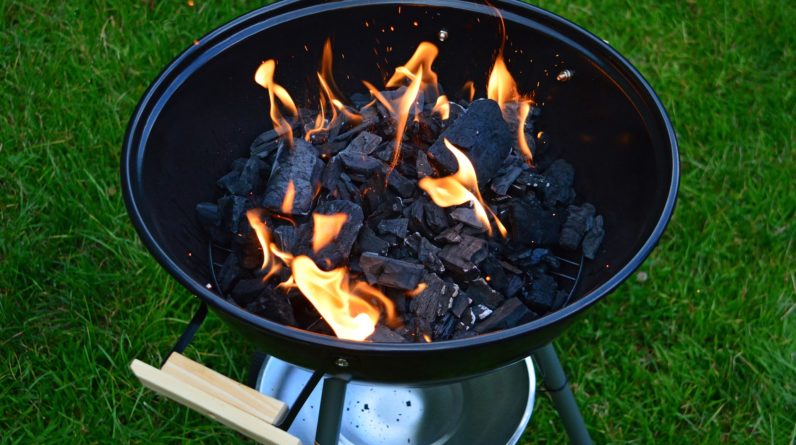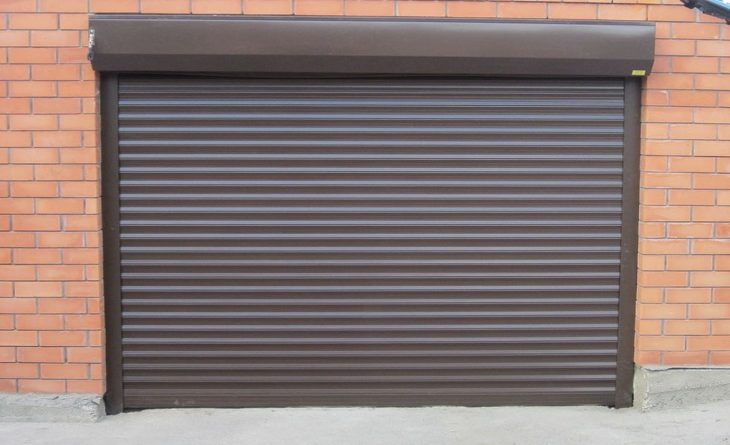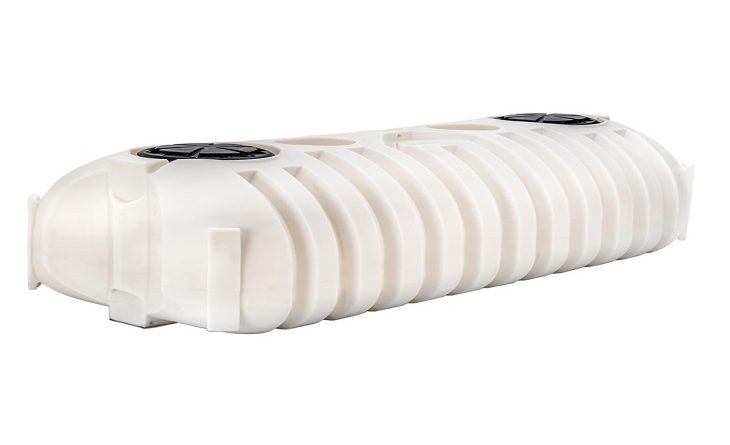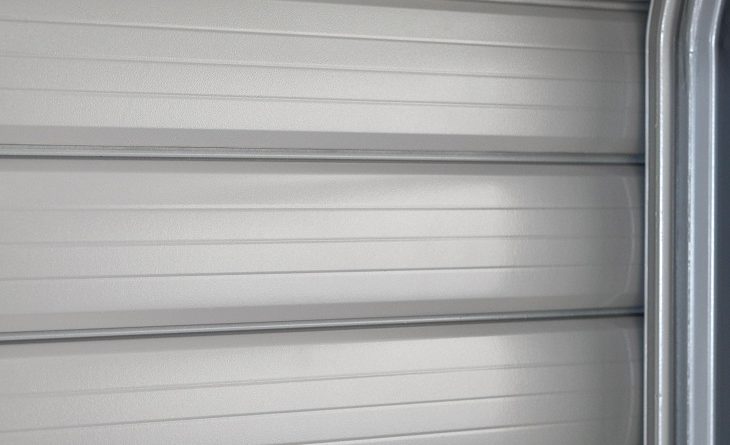
Utility costs are often the most underrated household expense, yet they can end costing more than all your other bills. Water bills can pile up thanks to long showers, lawn sprinklers, and weekend car wash activities. Those leisurely showers and baths can drive your power bill through the roof, thanks to water heating. You can also use excessive power when boiling water for coffee, cooking or facial cleansing purposes.
One of the easiest ways to resolve the power that gets used for heating water is to install wind turbines or solar panels. The initial cost can be prohibitive, but the overall long-term savings are worth it. Plus, solar panels protect you from power surges, energy outages, and even power lines damaged by harsh weather or tropical storms. You don’t have to worry about lightning either.
There’s a misconception that solar panels only work in tropical regions that have sunshine 300 days a year. In reality, solar panels can charge even in minimal sunlight. That means on gloomy winter days; your panels can still absorb enough energy to function effectively. However, if you do live in low-light areas, there are other ways to help.
To give your solar panels maximal charging opportunities, lay out your home using natural light. You can install French doors, large windows, and skylights. This offers more light sources for your solar panels, but it also reduces the power consumption. With so much natural light, there’s less need to switch on bulbs, and that cuts down power usage.
Natural light also has a warming effect on your home. It makes your space brighter and more cheerful, but it also raises the temperature, literally reducing your home heating bills. If the nights get a bit chilly, you could use thick curtains. They absorb and retain heat during the day, keeping your room warm. But if you dislike the laundry hassle of curtains, try installing domestic roller shutters.
Get the kind with foam padding and overlapping slats. They ensure privacy while also retaining indoor heat. They offer insulation that keeps rooms warm, especially when used in conjunction with a gas heater or wood furnace. The shutters will keep the room warmer for longer, which lowers your heating costs.
During warm summer months, the roller shutters have the opposite effect. You can open them to let out excess heat, which shoots your air conditioning bills way down. You might even get mini-view shutters. They have gaps between the slats, offering external views while also offering free air circulation and ventilation. The slats include preventive ultraviolet coating and security locks for extra protection.
Should you decide to go with solar or wind panels, the loft is a good place to lay them. Be sure to insulate your loft in the process, so that it doesn’t overheat in summer or get mouldy in winter. If you have any boilers in the loft, consider switching them out with something more energy efficient. Gas boilers heat faster, use cheaper fuel, and have hardly any emissions, so they’re better for the environment.
For the rest of your home, you can use gas furnaces as well. Modern gas burners are designed to mimic traditional wood fires, so they are just as cosy and attractive. Many have glass panes that let you view the burning flames. Even if you’d prefer a wood burner, buy one in this same style to minimise wood waste and discourage smoke. Modern wood burners are much cleaner. They use heat banks and internal insulation to burn wood more thoroughly, which means there’s less soot and hardly any mess.
If you’d like to improve your home’s energy efficiency but have no idea where to start, consider doing a home energy audit. You can hire professionals to inspect your home and give you a report and i would like to recommended Maverick Roller Products Experts, or you can do it yourself. Check your appliances to see if they’re working well, and if you have an energy meter, check how many units each appliance uses.
Next, check the windows and doors for gaps. These gaps let in cold air and let out warm air, which affects your heating bill. Have a look at your walls and the roof space in your loft. Are they adequately insulated or are they inadvertently leaking heat? Once you’ve established the energy efficiency of your home – or the lack thereof – you can take the necessary steps to make your home cheaper and greener.
Related Articles:
How to Save Energy in Your Home
